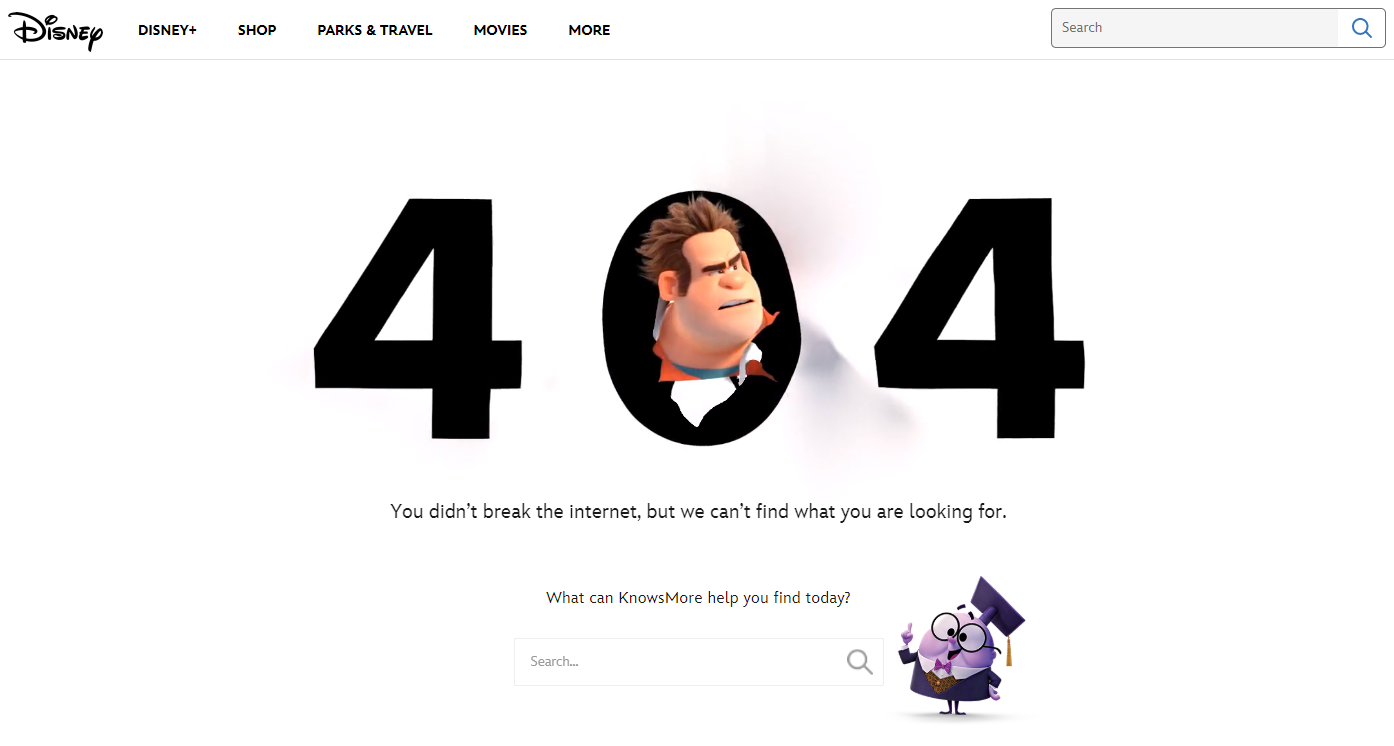

500s: Server error codes indicating that the request was accepted, but that an error on the server prevented the fulfillment of the request.400s: Client error codes indicating that there was a problem with the request.300s: Redirection codes returned when a new resource has been substituted for the requested resource.200s: Success codes returned when browser request was received, understood, and processed by the server.

#ERROR 404 NOT FOUND MEME CODE#
Knowing what they are can help you quickly determine the general substance of a status code before you go about looking up its specific meaning. These are groupings of responses that have similar or related meanings. HTTP status codes are divided into 5 “classes”. This will be followed by the status code that was returned by the server. To see HTTP status codes with one of these tools, look for the line appearing near the top of the report that says “Status: HTTP/1.1”. Browser extensions are available for developer-friendly platforms such as Chrome and Firefox, and there are many web-based header fetching tools like Web Sniffer. If you want to see the status codes that your browser doesn’t normally show you, there are many different tools that make it easy. Here’s a code that explains what went wrong.” Google 404 HTTP status code

This is the server’s way of saying: “Something isn’t right. It’s usually only when something goes wrong that you might see one displayed in your browser. While status codes are returned every single time your browser requests a web page or resource, most of the time you don’t see them. HTTP status codes are delivered to your browser in the HTTP header. The server receives and processes the request, and then sends back the relevant resources along with an HTTP header. Every time you click on a link or type in a URL and press Enter, your browser sends a request to the webserver for the site you’re trying to access.


 0 kommentar(er)
0 kommentar(er)
